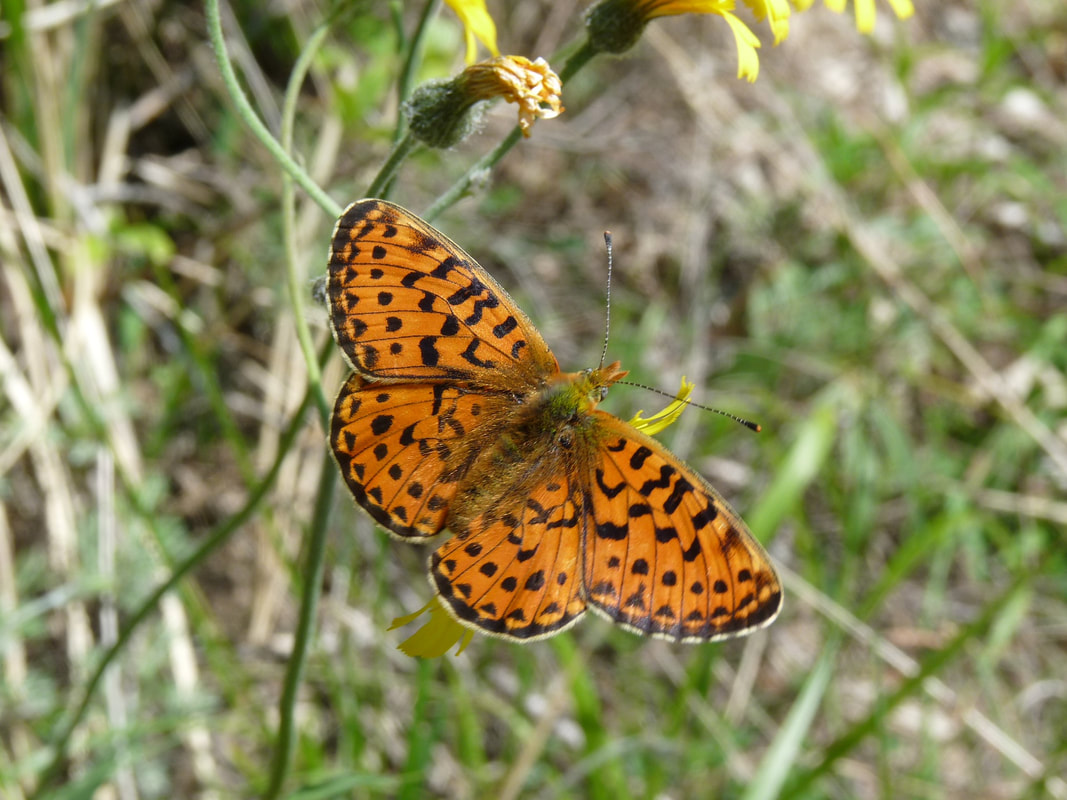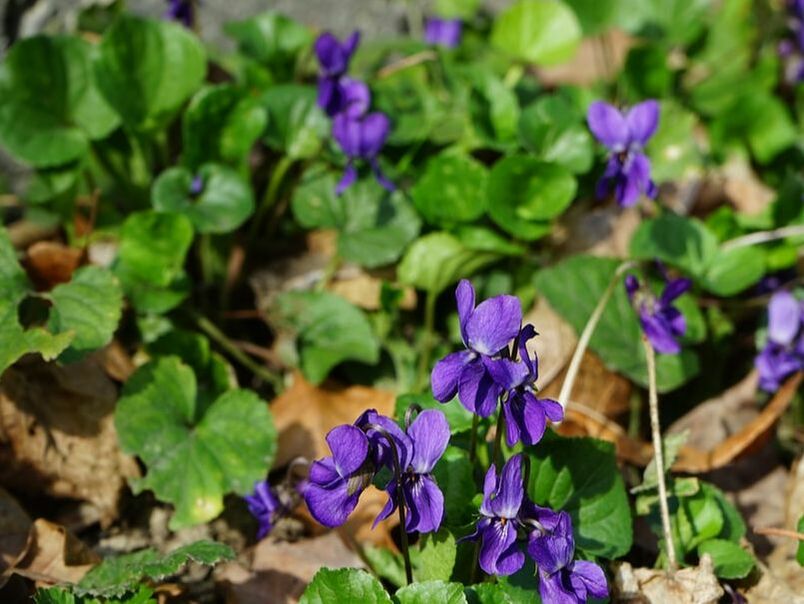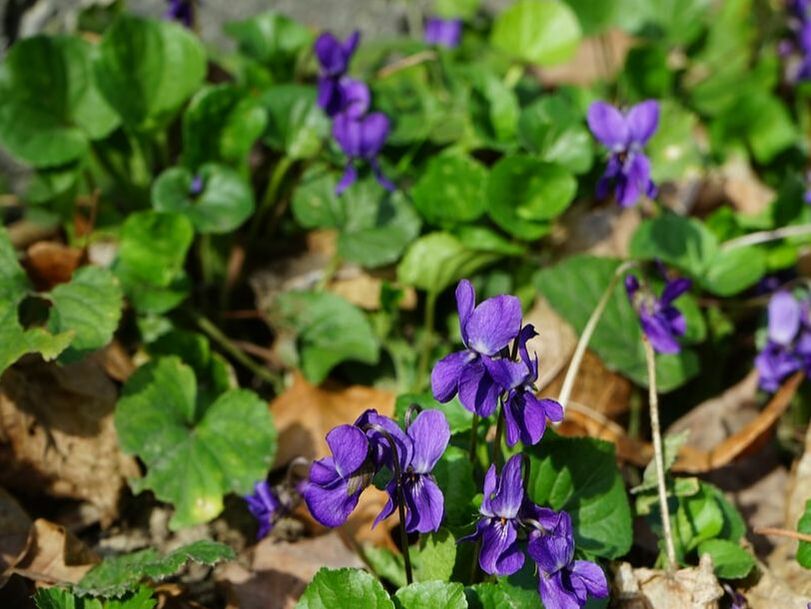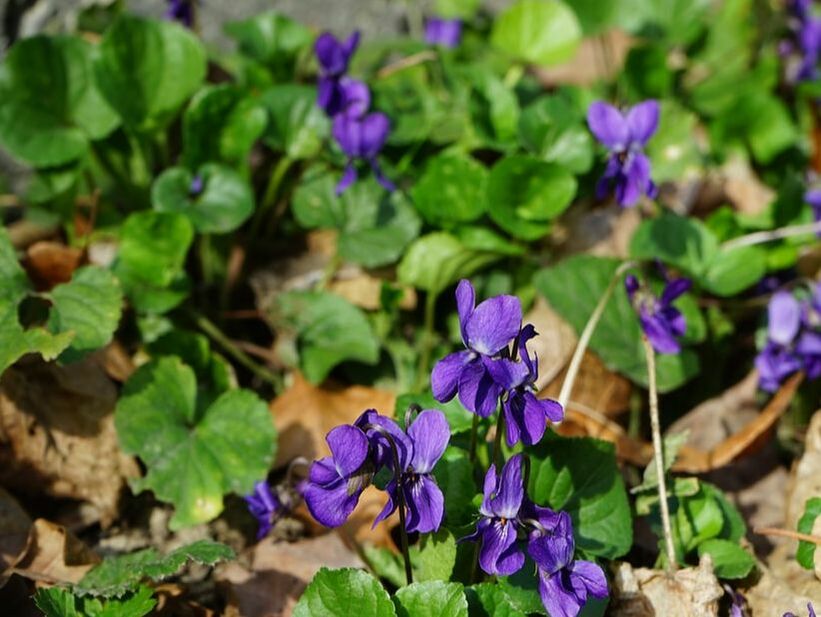Violets
A Favourite of Fritillary Caterpillars
Violets are the ideal species to grow if we want to encourage fritillaries to set up breeding colonies in our area.
Leaves of the Common Dog Violet (Viola riviniana) and of the Marsh Violet (Viola palustris) are both eaten by caterpillars of the PEARL-BORDERED FRITILLARY and SMALL PEARL-BORDERED FRITILLARY .
The SILVER-WASHED FRITILLARY seems to prefer the Common Dog Violet; the DARK GREEN FITILLARY the Marsh Violet, although this preference may in part be due to the relative availability of the particular type of violet in the part of the country the butterflies frequent.
Violet flowers are also an early source of nectar for adult butterflies and pollen for bees and will grow in most types of soil, the main challenge being to prevent them from becoming swamped by other vegetation.
INCREASE BIODIVERSITY BY GROWING WILD VIOLETS TO SUPPORT THE BUTTERFLIES DESCRIBED BELOW
Violets are the ideal species to grow if we want to encourage fritillaries to set up breeding colonies in our area.
Leaves of the Common Dog Violet (Viola riviniana) and of the Marsh Violet (Viola palustris) are both eaten by caterpillars of the PEARL-BORDERED FRITILLARY and SMALL PEARL-BORDERED FRITILLARY .
The SILVER-WASHED FRITILLARY seems to prefer the Common Dog Violet; the DARK GREEN FITILLARY the Marsh Violet, although this preference may in part be due to the relative availability of the particular type of violet in the part of the country the butterflies frequent.
Violet flowers are also an early source of nectar for adult butterflies and pollen for bees and will grow in most types of soil, the main challenge being to prevent them from becoming swamped by other vegetation.
INCREASE BIODIVERSITY BY GROWING WILD VIOLETS TO SUPPORT THE BUTTERFLIES DESCRIBED BELOW
PEARL-BORDERED FRITILLARY
|
SMALL PEARL-BORDERED FRITILLARY
|
SILVER-WASHED FRITILLARY
|
DARK-GREEN FRITILLARY
|



